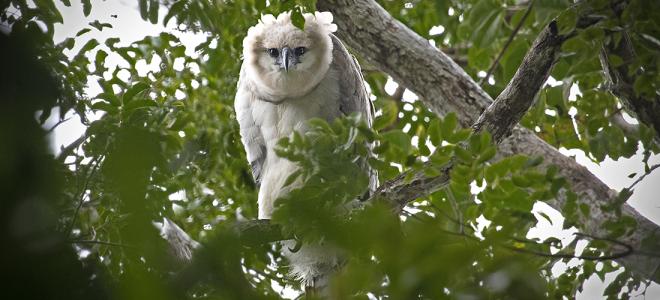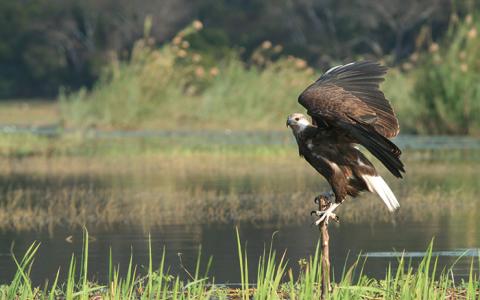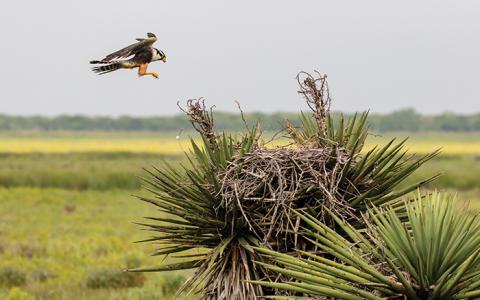The rate of change on planet Earth has accelerated, leading The Peregrine Fund towards preemptive action to prevent species declines before they reach a state of emergency. This strategy allows us to find flexible, affordable conservation options.
Habitat protection is not a new idea for The Peregrine Fund… from rural Texas to fishing villages in Madagascar, we have worked for decades developing partnerships with people who share a home with birds of prey.
We are now applying this approach at a global scale, and are identifying areas of high conservation value based on raptors' ecological needs and aligned with the Key Biodiversity Areas concept (IUCN 2016). This strategy measures irreplaceability (e.g., high diversity and endemism) and vulnerability (i.e., the breadth of options available to conserve a given site or landscape over time).










